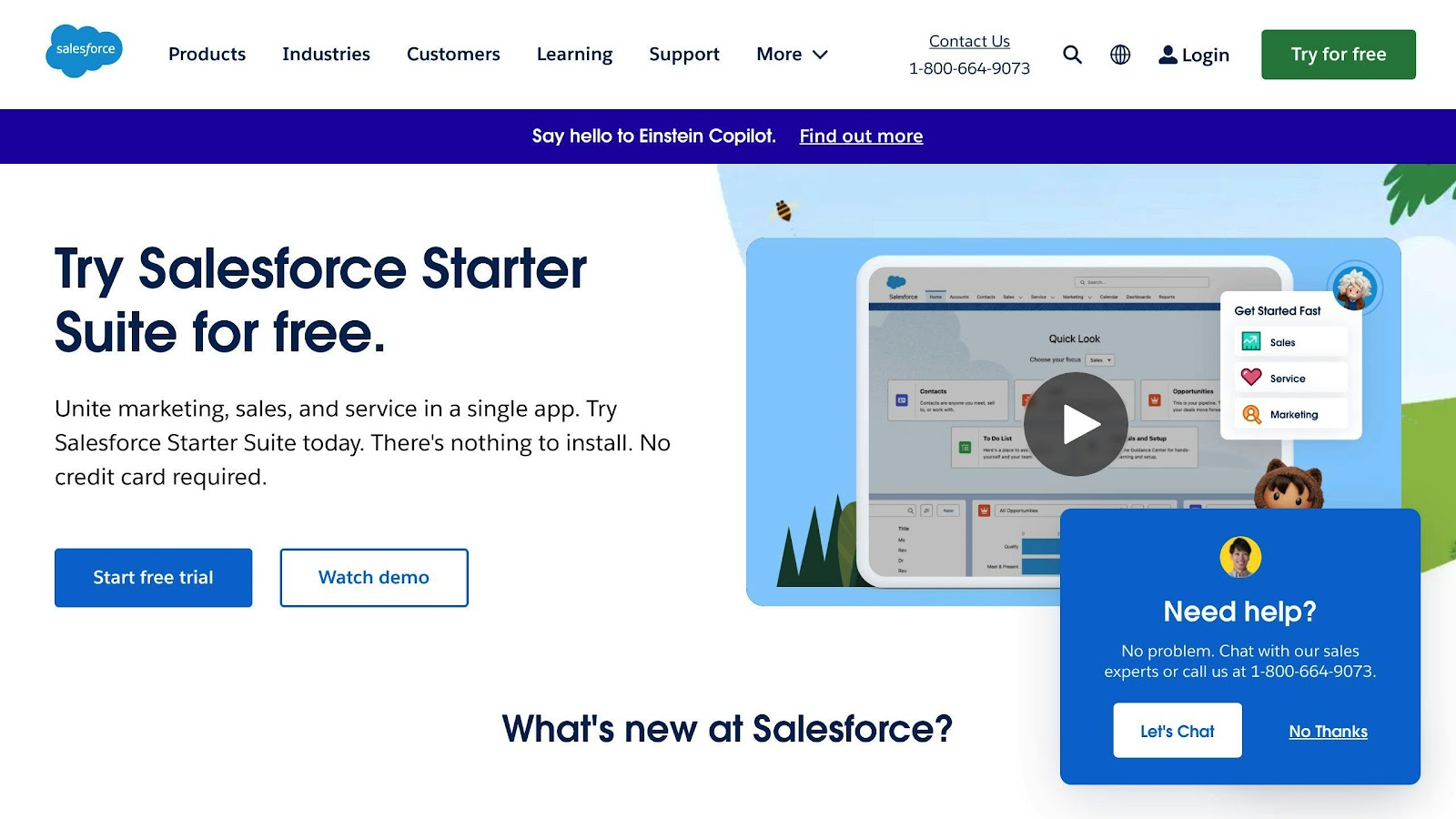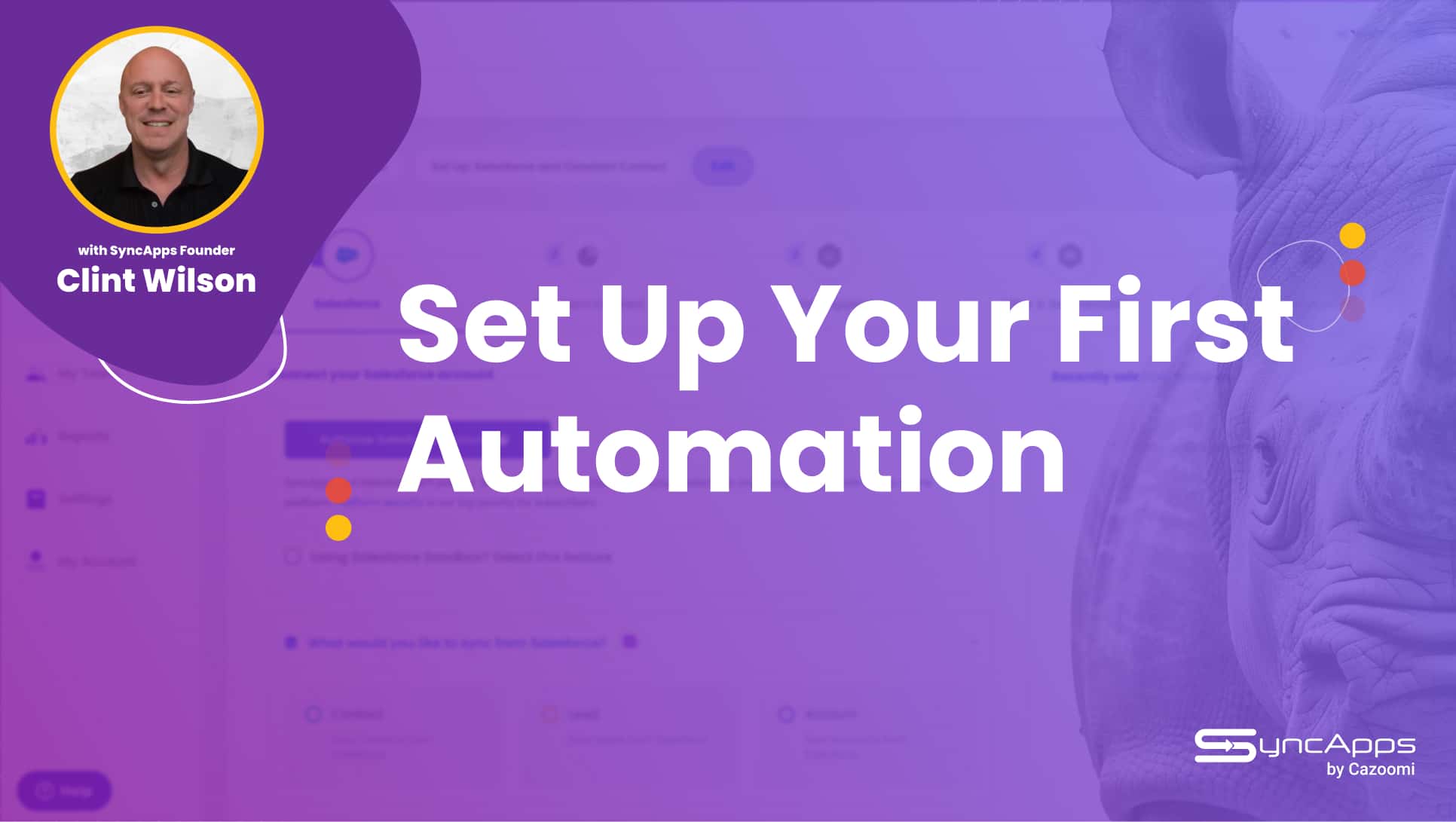Real-World Wins: Compelling Examples of Marketing Automation Success
Marketing automation is transforming businesses of all sizes. Here’s how companies are using it to boost results:
| Company | Impact |
| Hanson Wade | Fixed software issues, gained real-time data access |
| Salesforce | Used AI to cut lead response time from 20 minutes to 20 seconds |
| Small Businesses | Used SyncApps to save upwards of 15 hours weekly on data entry |
Key Takeaways:
- Automation streamlines workflows and frees up time.
- AI and data integration enable faster, smarter decisions.
- Even small businesses can achieve big gains with the right tools.
These examples show how marketing automation can drive growth and efficiency. Whether it’s speeding up lead responses or eliminating manual data entry, the right strategy can transform your marketing efforts.
Ready to boost your marketing?
Start by identifying time-consuming tasks, setting clear goals, and choosing tools that fit your needs. Remember: start small, measure results, and adjust as you go.
Scaling A Marketing Automation Agency – Case Study
Scaling A Marketing Automation Agency – Case Study
Hanson Wade: Solving Software Challenges

Hanson Wade, a London-based global conference company, faced major hurdles with their software:
| The Problem | The Solution |
| Data stuck in different systems | Adopted Jitterbit Harmony to integrate platforms |
| Manual data entry errors slowing down operations | Automated workflows to streamline processes |
| Lack of real-time visibility into registrations | Enabled real-time data access for decision-making |
Mihai Plavitu, Hanson Wade’s tech lead, explained:
“We hit a wall when we tried to do more complex stuff with our old platforms.”
Results:
- Real-time conference sign-ups available at a glance.
- Global teamwork streamlined with live data.
- Financial reports delivered on time.
Looking ahead, Mihai noted:
“We can see how this will help us grow without breaking the bank.”
Salesforce: Speed Meets Precision

Salesforce aimed to improve lead response time dramatically and leveraged its own Data Cloud to achieve this:
| Before | After |
| Lead assignment: 20 mins | Lead assignment: 20 secs |
Michael Andrew, SVP of Marketing Decision Science, stated:
“With trusted data from Data Cloud, we reduced our speed to lead assignment from 20 minutes to 20 seconds, allowing our sales teams to act faster.”
This improvement wasn’t just about speed. The AI-powered lead scoring system ensured that 93% of converted leads were high-quality, allowing sales teams to focus on what mattered most.
Impact:
- Web engagement increased by 165%.
- Personalized marketing based on unified data improved conversion rates.
Small Business Wins with SyncApps

For smaller businesses, marketing automation can significantly improve operational efficiency. Take SyncApps by Cazoomi, for example:
| Before | After with SyncApps |
| 15+ hours per week lost to data entry | Saved 60 hours monthly with automation |
| Frequent manual entry errors | Reduced by 95%, enabling smarter decisions |
| High operational costs | Saved $2,000 per month |
Sarah Thompson, a marketing manager, remarked:
“Before SyncApps, we were drowning in data entry tasks. Now, our CRM and email platform talk to each other seamlessly.”

What Made These Projects Work
Using Fewer Tools
Streamlining tech stacks brought these companies major benefits:
- Smarter Data Flow: Unified systems reduced silos and improved decision-making.
- Example: SkipTheDishes used Salesforce to manage growth during COVID-19, handing out CAN$ 71 million in rebates and earning an extra $1.6 million.
- Cost Savings: Fewer subscriptions meant more budget for growth.
- Operational Efficiency: Teams spent less time managing tools and more time on strategy.
Embracing Automation
Automation powered success by:
- Speeding Up Processes: Salesforce slashed lead response time from 20 minutes to 20 seconds.
- Improving Accuracy: Hanson Wade reduced errors with real-time data handling.
- Scaling Operations: Universal Creative Solutions doubled KPIs without increasing marketing spend by automating workflows.
Tips for Success
What Works Best
| Strategy | Why It Matters |
| Set Clear Goals | Targets guide implementation. Example: Salesforce aimed to reduce lead time to under 1 minute. |
| Map Your Customer Journey | Helps tailor automation to customer needs. |
| Connect Tools Effectively | Integrated systems ensure smooth workflows. |
Tracking Results
Monitor key metrics to measure success:
- Lead Conversion Rates
- Customer Acquisition Costs
- Customer Lifetime Value
Behavior triggers can boost results, as Salesforce showed with its personalized campaigns. Constant testing and refinement ensure continued growth.
Wrapping Up
Marketing automation has proven transformative for businesses of all sizes. From Hanson Wade’s streamlined operations to Salesforce’s AI-driven lead management and SyncApps solutions for small businesses, the results are clear:
| Key Benefits | Examples |
| Smarter Workflows | Real-time data at Hanson Wade |
| Faster Lead Management | Salesforce’s 20-second lead response time |
| Scalable Success | Universal Creative Solutions doubled KPIs |
Want to harness the power of marketing automation? Start by identifying your needs, setting clear goals, and implementing tools that align with your objectives. Even small steps can lead to significant growth.





